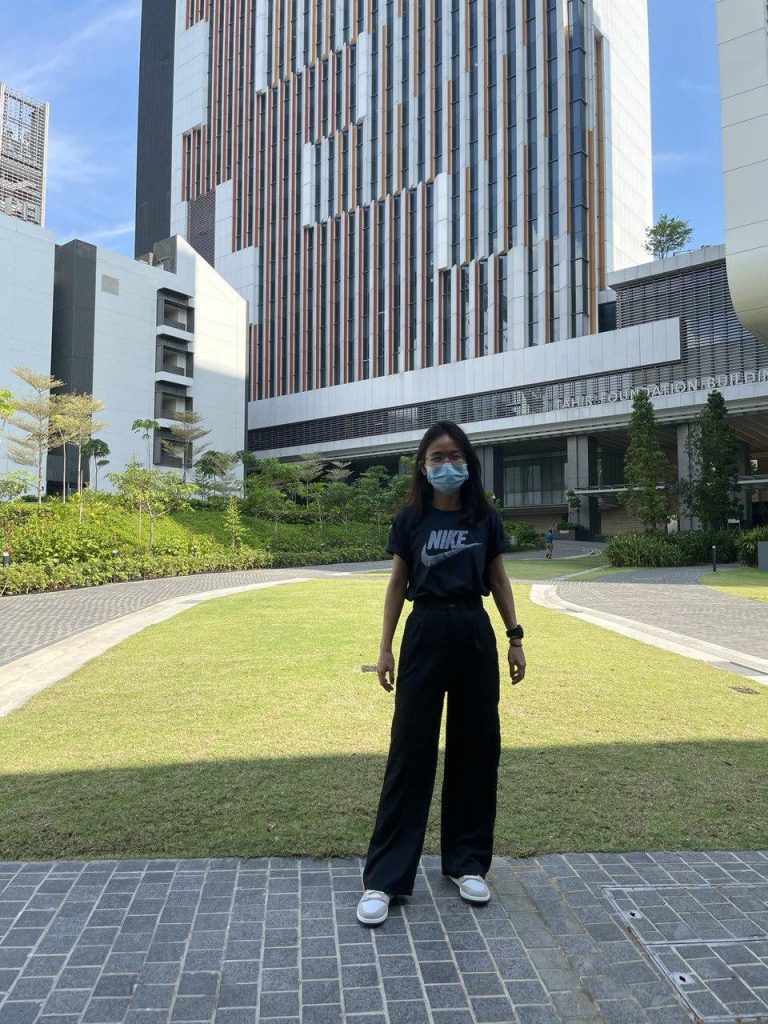CJC-F, CJC-F Activities, CJC-F Announcements
Forensic entomology denotes the study and application of insects and other arthropods as evidence in a legal investigation. The earliest recorded use of insects in a criminal investigation goes back to the 13th century in China. It was detailed by a Chinese lawyer and death investigator, Sung Tzu in his book titled: The Washing Away of Wrongs. It was said that a male farmer was found murdered in a rice field. The day after the murder, the investigator told all workers to lay down their sickles on the floor. From the many sickles, only one sickle attracted blow flies to it, and it was attributed to the invisible traces of blood present. When confronted, the owner of the sickle confessed to the crime.
Currently, there are three general subsets recognised under forensic entomology: urban forensic entomology, medicolegal forensic entomology and stored-product forensic entomology. Some applications of forensic entomology include: (a) estimating minimum Post Mortem Interval (mPMI), (b) determining body relocation, (c) identifying traumatic injury sites on body, (d) determining possible abuse and/or neglect and (d) forensic entomotoxicology.
(a) PMI Estimation
PMI is defined as the time between the death of an individual and corpse discovery. Within the first 72 hours, classical forensic techniques for PMI estimation, such as rigour mortis and livor mortis, which are natural processes associated with decomposition, can be used. However, after 72 hours, these techniques become inaccurate. Instead, insects now become a powerful tool for estimating the minimum time that has passed since death. Depending on how accessible the body is and its surrounding conditions, necrophagous insects or insects which feed on corpses will promptly colonise the body. To estimate PMI, forensic entomologists can either infer from the growth rate of pioneer colonisers on the body or from the predictable succession pattern of different insect species during the decomposition of the body.
(b) Determining body relocation
This application is based on the fact that different geographic regions carry different insect species that are location specific. As such, in different environments and habitats, insect species found on a decomposing body will differ. Therefore, if a corpse has been disposed of away from the place where the crime has originally taken place, forensic entomology can be used to determine the path of travel of potential vehicles involved with a crime due to species variation in different geographic regions and certain insect species do not deviate from those locations. For instance, some insects are more prevalent in indoor spaces rather than outdoor spaces.
(c) Identification of traumatic injury sites
Analysis of the distribution of insects on deceased remains may allow forensic entomologists to determine whether the trauma or injury was inflicted perimortem (at or close to time of death) or postmortem (after death). Such inferences of trauma can be supported by where insects have colonised on the body since specific insects like flies are drawn to blood and can produce a quick consumption of soft tissues in that region. However, an experienced forensic entomologist is required in order to tell apart postmortem insect artifacts from antemortem or perimortem injuries.
(d) Determining periods of abuse and/or neglect
Forensic entomology is not limited to use with the dead; it can also be applied in cases of neglect or abuse involving the living, primarily children or the elderly and sometimes animals. Head lice and maggots are notable specimens in such cases, often appearing in large quantities. Neglected individuals tend to have untreated injuries or live in unhygienic conditions, large maggot colonies to form and feed on dead or dying tissues. From the development time of the maggots, the minimum time that elapsed since the affected individual last had for instance, a clean diaper change or wounds cleaned, can be calculated.
(e) Forensic Entomotoxicology
Forensic entomotoxicology studies the application of toxicological analysis to carrion-feeding insects like blow fly larvae in order to detect drugs and toxins present on intoxicated tissues of decomposing corpses. As such, forensic entomotoxicology can be used to aid in determining the cause of death. Entomotoxicology also investigates the effects caused by such substances on arthropod development in order to assist in PMI estimation. As larvae feed on the tissues of an individual who took drugs or was poisoned, they will consequently also ingest small amounts of these substances as well as their metabolites. Depending on the type of ingested drugs, larval development rates may be delayed. The use of forensic entomotoxicology is especially useful when the corpse is in an advanced stage of decomposition whereby blood, tissues and fluids are no longer available for analysis. The most representative specimens can be collected and analysed after homogenisation via common toxicological methods such as gas chromatography and thin layer chromatography.
Given the various uses of forensic entomology, this forensic field is an exciting one for budding forensic scientist to learn about. Stay tuned to our next forensic entomology article which will zoom in on forensic entomotoxicology!
*The views and opinions expressed in this article do not constitute legal advice and solely belong to the author and do not reflect the opinions and beliefs of the NUS Criminal Justice Club or its affiliates.
References
Anderson, G. S. (2004). Forensic entomology: The use of insects in death investigations. https://www.sfu.ca/~ganderso/forensicentomology.htm.
Amendt, J., Richards, C. S., Campobasso, C. P., Zehner, R., & Hall, M. J. (2011). Forensic entomology: Applications and limitations. Forensic Science, Medicine, and Pathology, 7(4), 379-392. https://doi.org/10.1007/s12024-010-9209-2
Benecke M (2014). Arthropoda and Corpses. Forensic Pathology Reviews, Vol. 2, Chapter 10, Pages 207-240.
Benecke, M. (2001). A brief history of forensic entomology. Forensic Science International, 120(1-2), 2-14. https://doi.org/10.1016/s0379-0738(01)00409-1
Byrd, J., & Sutton, L. (2020). Forensic entomology for the investigator. WIREs Forensic Science, 2(4). https://doi.org/10.1002/wfs2.1370
Campobasso, C. P., & Introna, F. (2001). The forensic entomologist in the context of the forensic pathologist’s role. Forensic Science International, 120(1-2), 132-139. https://doi.org/10.1016/s0379-0738(01)00425-x
Joseph, I., Mathew, D., Sathyan, P., & Vargheese, G. (2011). The use of insects in forensic investigations: An overview on the scope of forensic entomology. Journal of Forensic Dental Sciences, 3(2), 89. https://doi.org/10.4103/0975-1475.92154
Universiti Teknologi MARA (UiTM). (2014, September 3). Blowfly maggots provide physical evidence for forensic cases. ScienceDaily. Retrieved December 20, 2021 from www.sciencedaily.com/releases/2014/09/140903133125.htm
Viero, A., Montisci, M., Pelletti, G., & Vanin, S. (2018). Crime scene and body alterations caused by arthropods: Implications in death investigation. International Journal of Legal Medicine, 133(1), 307-316. https://doi.org/10.1007/s00414-018-1883-8
Volckaert, H (2020) Current Applications and Limitations of Forensic Entomology, Research Journal of Justice Studies and Forensic Science: 8(4). https://scholarworks.sjsu.edu/themis/vol8/iss1/4
Authors’ Bibliography

Si Min is a Year 4 Life Science student minoring in forensic science and public health. Her main role as a PM of forensic entomology is to help in the project’s programme planning and to hopefully raise more awareness on the application of forensic entomology in court.
Celine is a recent graduate of NUS pharmacy who is passionate in the fields of forensic toxicology (in all forms, including entomotoxicology) and psychology/psychiatry.
Nicole is currently pursuing a degree in Law and in the middle of her third year of the programme. She is aspiring to be a prosecutor one day, which sparked her interest in all things related to criminal law, including forensic science.

